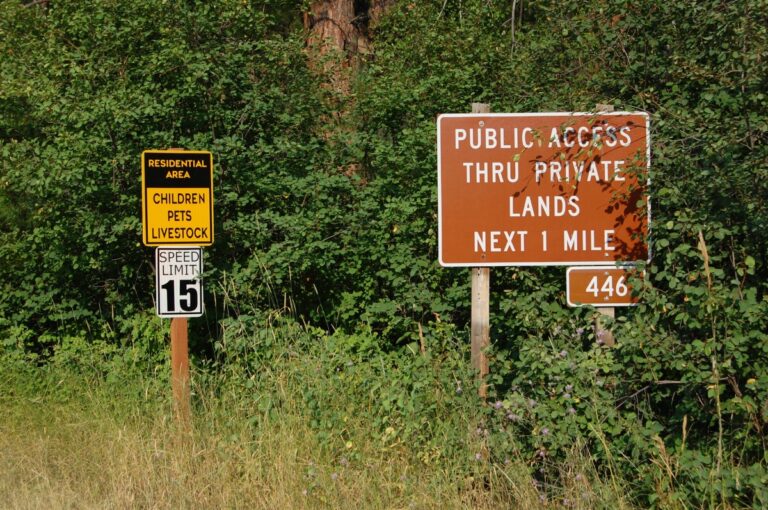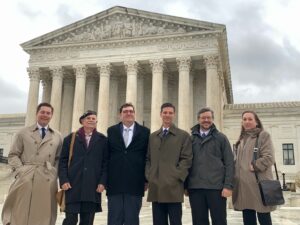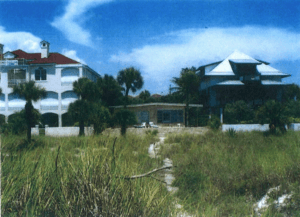Wilkins v. United States: Another PLF case goes to the Supreme Court

The Supreme Court agrees to hear oral arguments in only about 70 cases each term. Those 70 cases are selected for review from a flood of roughly 7,000-8,000 cert petitions. Next term, two of those cases will be Pacific Legal Foundation cases: Sackett v. EPA, which the Supreme Court accepted for review in January, and Wilkins v. United States, which the Court just accepted this week.
The facts of the case
At issue in Wilkins v. United States is a private forest road, a disagreement over easement terms, and a question about the statute of limitations on quiet title claims.
Wil Wilkins and Jane Stanton are two neighbors living near a Montana national forest who just want peace and privacy. Wil and Jane recognize that the U.S. Forest Service and specific permit holders (like loggers and ranchers) have the right to cross their property to get to the forest, and they were happy with that limited activity. But after the Forest Service opened their private road to the public—violating the decades-old easement agreement—Wil and Jane’s refuge in Bitterroot National Forest was disturbed by hunting, traffic hazards, noise, theft, and trespassing. Wil’s cat was even shot by trespassers. (Fortunately, the cat survived.)
Wil is a blacksmith whose work has been featured in interior design magazines. He’s also a veteran who has been diagnosed with PTSD. Jane is a widow who lost her husband in 2013. Both Wil and Jane value their private space. The county where they live, Ravalli County, has an average of only 18 people every square mile.
The U.S. Forest Service shouldn’t be allowed to pull a bait-and-switch that severely hampers Wil and Jane’s ability to enjoy their private property.
The statute of limitations
Wil and Jane filed a quiet title claim against the federal government in 2018. The Quiet Title Act allows property owners to sue the United States over a disputed title to property in which the federal government has claimed an interest.
However, the Act requires such lawsuits to be filed no more than 12 years after the property owner “knew or should have known of the claim of the United States.”
The Ninth Circuit dismissed Wil and Jane’s lawsuit last year, holding that the statute of limitations is “jurisdictional,” which means a court cannot consider the merits of the case if the time limit appears to have expired. Wil and Jane’s case was dismissed without them being able to show why the Forest Service changed the terms of the easement. In fact, the case was dismissed without Wil and Jane being able to fully argue that they brought the case within the 12-year time limit.
PLF disagrees with the Ninth Circuit: We argue the Quiet Title Act’s statute of limitations is merely a “claim-processing rule.” A claim-processing rule is meant to ensure timely filing of litigation and is, according to the Supreme Court, “important and mandatory” but not jurisdictional—meaning, it shouldn’t automatically preclude a court from considering a case on its merits.
The question before the Court
This is the question the Supreme Court has decided to take up next term: Does the Quiet Title Act’s statute of limitations prevent Wil and Jane’s lawsuit from being considered, or is it a claim-processing rule to which there can be exceptions?
The decision will have wide-reaching implications for private property owners across the country—but especially, of course, for Wil and Jane, who simply want the peace of their private property back.










